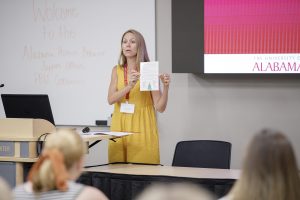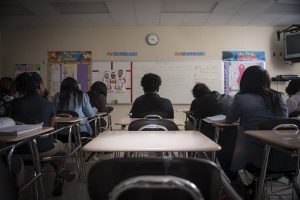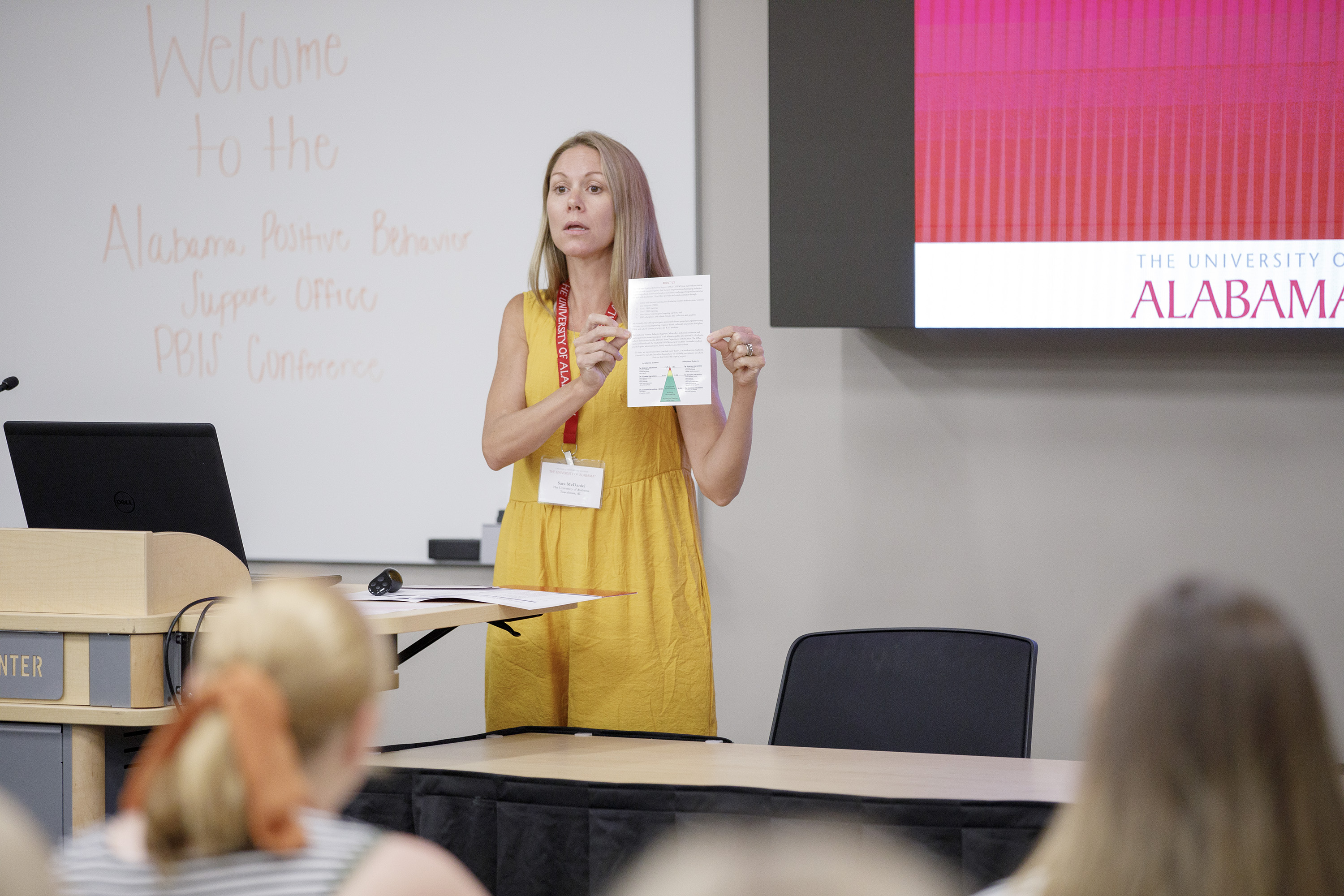Researchers Training Jefferson County Schools in Student Behavior Approach

“Unitary status” sounds like an important distinction, though the odds of anyone knowing what it means are extremely low.
Unitary status affects K-12 public schools across the country, though its implications are often invisible. For schools that don’t have it, the federal government oversees their actions, both major and minor, from funding allocations to disciplinary practices.
More than 50 years have passed since the federal government mandated desegregation of public schools and placed specific school districts under Department of Justice oversight. To gain unitary status means school districts have proven to the DOJ that their opportunities and resources are equitable for all students.
The unitary status checklist is lengthy, covering everything from racial and ethnic student ratios in schools, to when and where new schools are built within districts. It can take up to 10 years to achieve unitary status, depending on how many faults a district has.
“With someone not understanding the ramifications of that 51-year-old desegregation order, that baffles you,” said Dr. Orletta Rush, executive director of special initiatives for Jefferson County schools.
An underlying issue and critical benchmark for unitary status is fixing disproportionate discipline, specifically with black male students. Dr. Sara McDaniel, executive director of the Alabama Positive Behavior Supports Office, works with the Jefferson County School District to address its discipline issues while it navigates the terms of its consent decree with the DOJ.
The APBSO works with the district’s 50-plus schools to revise their codes of conduct and to train faculty and staff in PBIS best practices. The APBSO recently completed a one-year, five-school pilot in Jefferson County before agreeing to scale various tiers of PBIS district-wide over the next four years.
“Jefferson County is larger than any district we’ve worked with thus far, even Huntsville,” McDaniel said. “In Huntsville, we functioned separately from their consent decree and their work toward unitary status. But, with Jefferson County, they’re doing a really good job of using PBIS to help frame what they’re doing for unitary status.
“That’s been one cool, unexpected thing for our office – we just thought we were going to go out there and train and coach random districts, but, more and more, our work has been tied to this desire to get unitary status.”
Since its inception in 2015, the APBSO has provided training and coaching of positive behavior intervention supports to faculty and staff in more than 150 Alabama schools. The primary focus is positive reinforcement through improving school climate, student conduct and discipline practices. Ultimately, PBIS aims to reduce suspensions and expulsions, as keeping students in the classroom correlates with achievement, McDaniel said.
The landscape

The Jefferson County School District is one of 20 districts in the state under a consent decree with the DOJ, according to the Alabama State Department of Education. Thirty-four districts have unitary status, and 25 are inactive, meaning they’re “under permanent injunction and have not yet sought unitary status by the courts.”
Rush said it will likely take more than seven years for the district to achieve unitary status. It’s a laborious process – the checklist includes benchmarks for transportation, student assignments and extra-curricular activities, in addition to the discipline component, which was the first issue to address after finding “tremendous flaws” in programming.
The school also has a dramatically different racial makeup than it did 15 years ago.
“A lot of zones that were majority white had become majority black,” Rush said. “Some schools had become into thirds. Now you’re looking at a district that, at one time was 80-20, was now 52.3 percent black. So our district looks completely different, not just 51 years ago, but in the last 15 years. So, what do we need to ensure we’re doing everything we can for all children?
The payoff of the arduous and expensive unitary status process is two-fold: schools can handle business quicker and more efficiently, and meeting the DOJ’s benchmarks for proportionate discipline will lead to better student outcomes, Rush said. The district has already seen improvements in elementary absentee rates and a reduction in student infractions during transition times during the school day.
The plan

Rush said district administrators were impressed with the structures PBIS put into place in its pilot schools and the improvements to discipline over the year-long trial, considering the five pilot schools, including an alternative school, had the most critical needs and would produce “the biggest effect.”
Now, McDaniel and her team are helping the district rewrite its disciplinary file, code of conduct and discipline protocols. The district is communicating the changes with parents via electronic communications and community meetings, and schools are aligning messaging to fit their culture, Rush said.
A critical step is implementing PBIS with fidelity and ensuring faculty and staff are fully bought-in, a process that began with summer lessons in restorative discipline for faculty and staff prior to the PBIS pilot.
Over the next four years, the district will implement varying tiers of the program, including a catchall system to reinforce positive behavior for all students and specific interventions for students who exhibit increasingly severe problem behavior.
“Monthly, as a district and at each school, they look at their discipline data – office referrals, in-school and out-of-school suspensions and alternative placement – so that, at the end of the year, we can see the trends,” McDaniel said. “We’ll fit in extra supports based on that, fidelity assessments and school climate surveys.
“Then, after the training, coaching and implementation, they’ll be able to sustain on their own.”
